Lab #15: Polymers
Preparing a Soil Substitute
with Sodium Polyacrylate
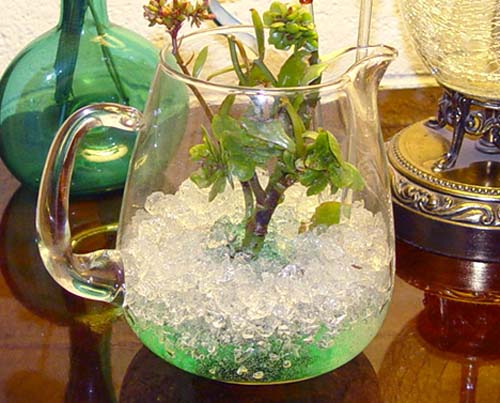
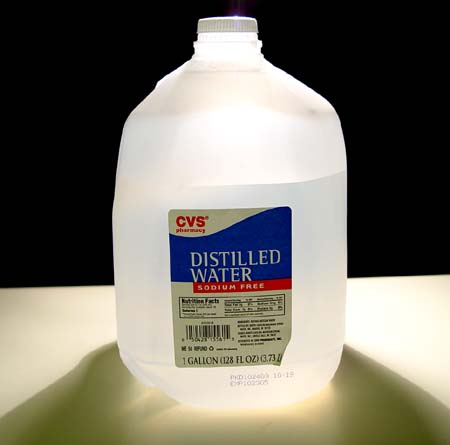
Let's begin with the items that you will need to get.
#1. Distilled water: You should already have some from previous experiments; however, this experiment will need about half a gallon. You could use tap water in this experiment but the manufacturer of the polymer recommends distilled water. Distilled water will make the polymer crystals grow larger. It's your choice.
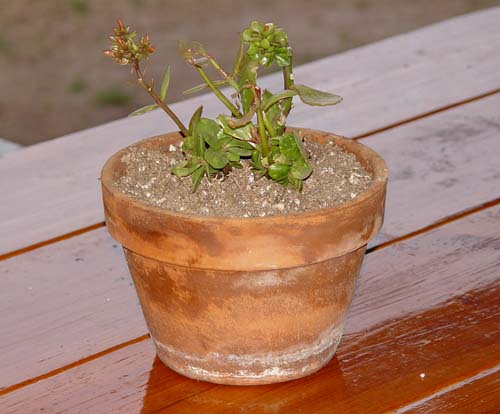
#2. Small Plant: You will need a small plant to transplant to the polymer soil. Or you could use a cutting from another plant, or use a sweet potato or regular potato that will grow from one of its "eyes."
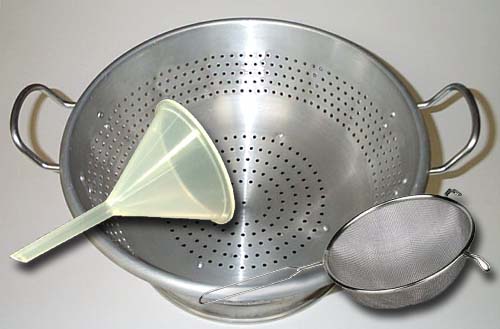
#3. Funnel, colander, or sieve. Your kit has a funnel. You can use any of these to help drain off excess water from the water soaked polymer crystals.
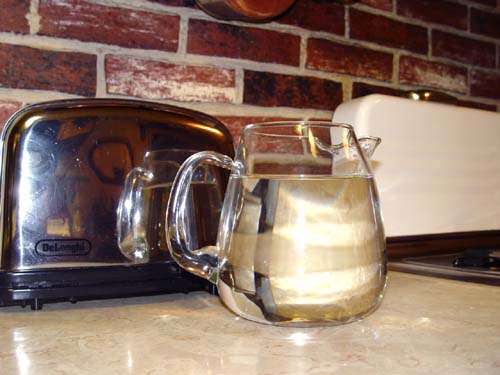
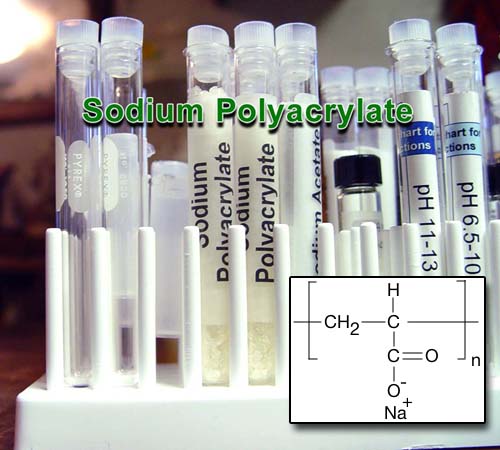
#5. Two tubes of sodium polyacrylate: You have two test tubes filled with sodium polyacrylate.
The formula you see is that of sodium acrylate. The brackets indicate that it repeats itself into a long chain. That's when it becomes sodium polyacrylate.
A variation of this polymer makes plexiglass and acrylic paint.
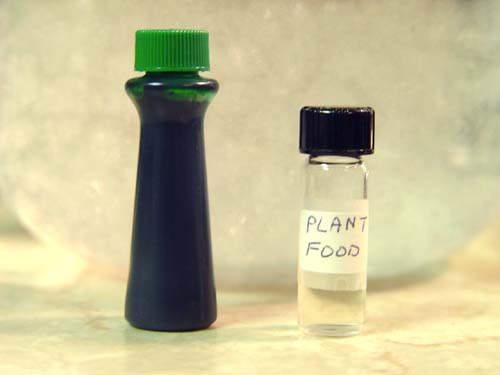
#6. Food coloring & Plant Food: Your kit contains both of these. You may have a different color of food coloring.
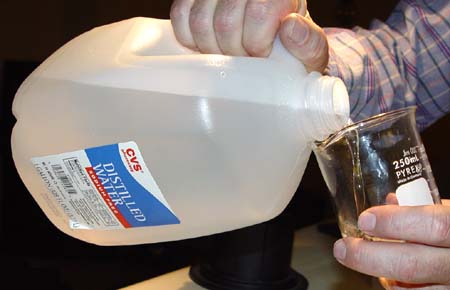
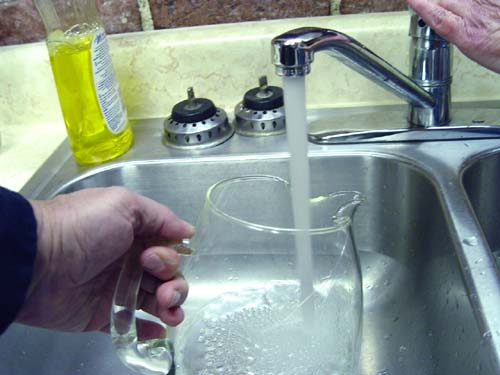
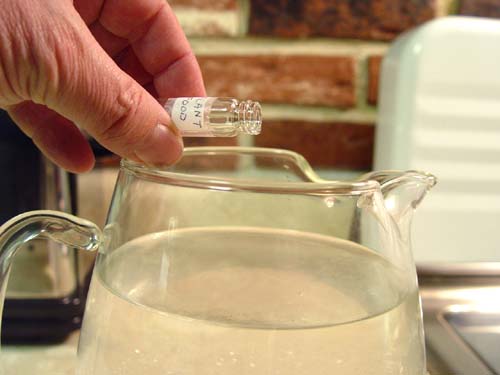
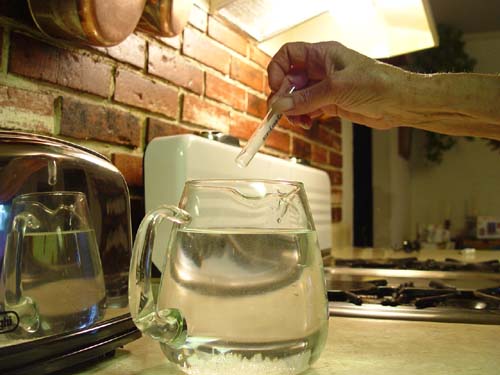
If you want to make some instant snow, grind up some of
the crystals with the mortar and pestle in your kit. Put the powder in
hand and add water.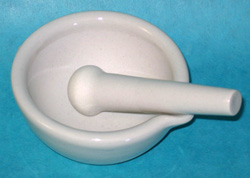
Pour remainder of both vials of sodium polyacrylate into pitcher. Add the instant snow if you want. Stir again.

The crystals of sodium polyacrylate will start absorbing water and swelling.
(Take a picture at this point. See if you can set your camera to either 1600x1200, 1280x960, or 1024x768. If you own a 2 megapixel camera, just use the highest setting [3 stars].)
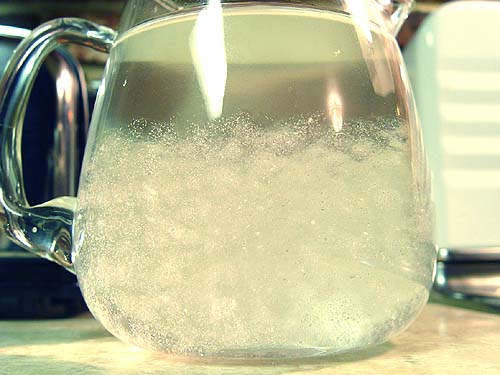
The manufacturer of the crystals says to wait 5 hours or longer for the crystals to reach maximum expansion. I found that in 2 hours expansion far enough along to go to the next step.
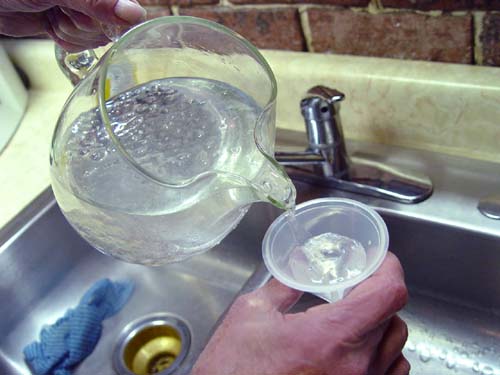
If the container you used to hold the crystals while they soaked up water doesn't have a pouring spout, pour everything into a pitcher or something with a spout.
Pour off the excess water. Here my mother is using the funnel. She had a sieve, but I wanted to see how the funnel worked.
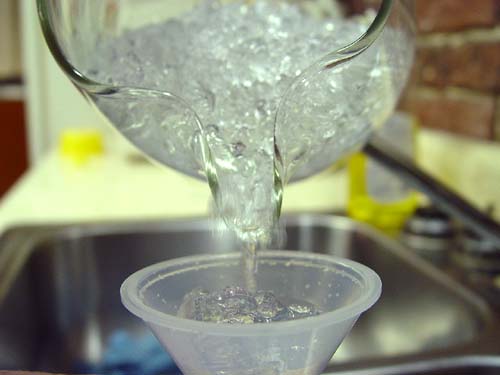
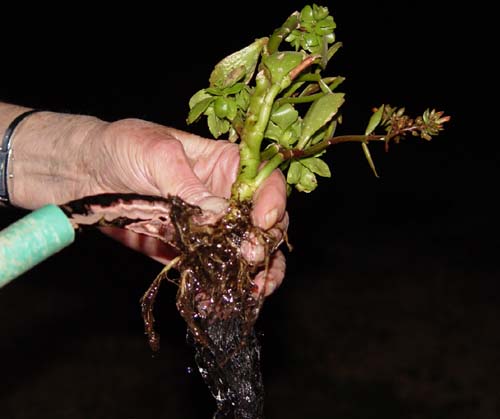
Now you are ready to transplant your plant. Or if you are using a sweet potato or potato, you can get it ready.
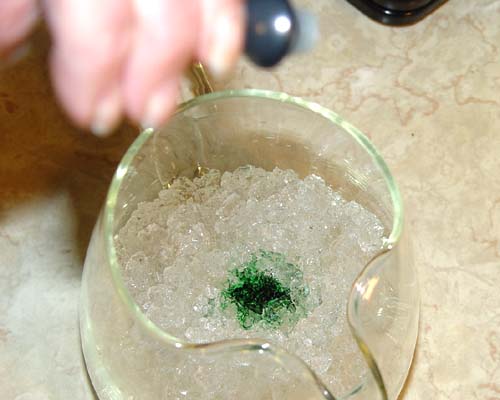
Place just a few (3) drops of food coloring in your sodium polyacrylate soil crystals. We put it just in the center, but you may want to mix it up.
Take a picture before you add your plant (or sweet potato)
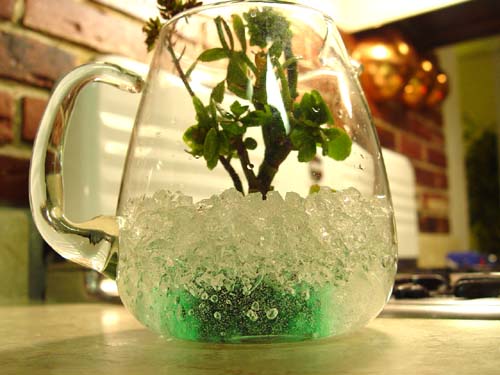
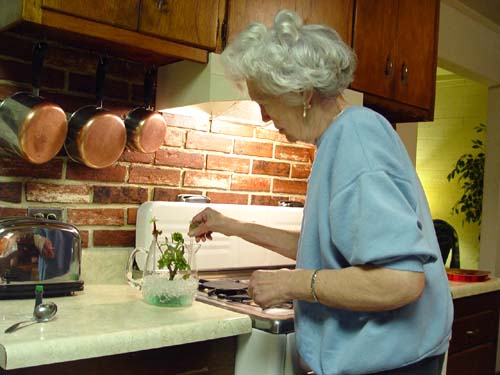
My mother, Ida, felt it could use some glass swizel sticks as well.
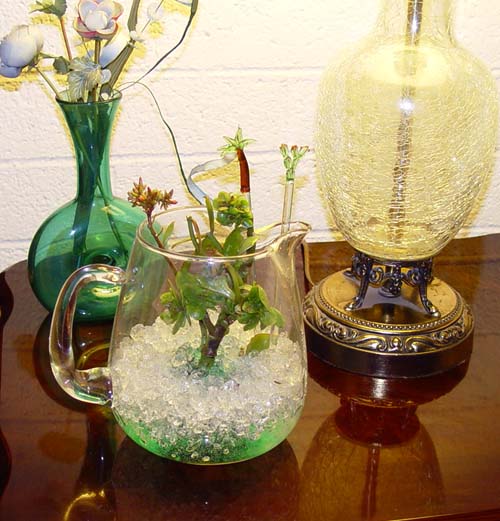
She placed the plant on an end table in her living room. In 24 hours, she said the flower buds were starting to open.
Water will only need to be added to the sodium polyacrylate soil about 1/3 the time if it were soil. If the polymer "soil" shrinks by 20%, add more water. If you get more plant food, you can add a little of that, too.
Keep an eye on the plant and see how the roots do in this unusual soil.
Take at least one or two pictures after you get your plant into your container with polymer soil. One needs to have your face in the picture. If you had a helper, you can get his or her face, too, if you want.